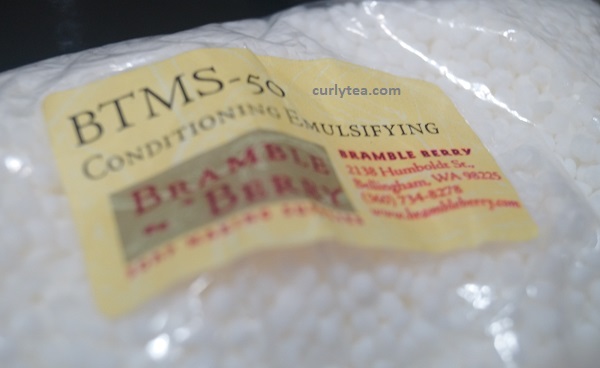
Updated ingredients are marked in PINK.
BTMS-50 is, in my opinion, an amazing conditioning emulsifier for both regular conditioners and leave-ins. It’s my preferred emulsifier (up to this point) because it’s a softening self-emulsifier. An additional emulsifier to stabilize a product isn’t required (depending on the other ingredients present).
There’s two factors that give BTMS-50 an advantage: easy formulating process and softening results. Nothing I’ve tried works as easily as BTMS-50. But if you can’t readily find it in your country or it’s too expensive for you, here are some alternatives you can try.
BTMS-50’s INCI is Behentrimonium Methosulfate (and) Cetyl Alcohol (and) Butylene Glycol. To find an alternative to BTMS-50, you need something that’s both a self-emulsifier and a conditioner in one.
Some of the following ingredients on this list will only fall into 1 of these categories. You may have to use a separate ingredient to fully emulsify your mix. Those ingredients are included simply to give you some ideas about the direction you can take when looking for a BTMS-50 alternative.
# BTMS-25
INCI: Behentrimonium Methosulfate (and) Cetearyl Alcohol
BTMS-25 is BTMS-50’s less-conditioning cousin. It contains a smaller amount of the conditioning agent when compared to BTMS-50 but it’s still very nice. About half of BTMS-50 is made up of a conditioning agent (hence the “50”).
It’s a very good conditioning emulsifier. I used it for years until I switched to BTMS-50. BTMS-25 is just not quite as softening as BTMS-50. Like BTMS-50, you can add your Water and Oil phases into one vessel and heat them together without worry when you use BTMS-25. (This of course depends on whether all of the other ingredients in your conditioners allow for this as well)
Also like BTMS-50, BTMS-25 is cationic in nature, which just means it’ll stay on hair for an extended period of time; helping to soften and condition it.
If you’re looking for even more alternatives to BTMS-50, keep reading.
# ICE Conditioner
INCI: Cetyl alcohol (and) behentrimonium chloride (and) cocamidopropyl betaine (and) sorbitan laurate
ICE conditioner is from makingcosmetics.com. Like BTMS-50, it’s one of the easiest conditioners to use because it’s both an emulsifier and conditioner in one. Unlike BTMS-50, you can make a conditioner at room temperature without heating the water to 80 C. In that way, it has a major advantage over BTMS-50 with regard to the formulation process.
It can be processed using cold water, but using hot water should be enough to melt and form a conditioner right at your work space. These are called “instant cold emulsions”. You will have to use a stick blender to ensure proper formation.
ICE Conditioner has a balance between it’s oil-loving (lipophilic) and water-loving (hydrophilic) properties, creating a good viscosity. Usage rate is between 5-10%.
[junkie-alert style=”yellow”]
I used ICE Conditioner for the Aloe Herbal Leave-in. Check it out:
https://www.curlytea.com/0911/aloe-herbal-leavein-092015.html
[/junkie-alert]
So why don’t I use this instead of BTMS-50? Well, that’s because it’s still not quite as conditioning on my hair as BTMS-50. Don’t get me wrong. My hair was soft……just not quite as soft and long lasting as when I used BTMS-50. Maybe I need to test it at the higher end percentage rate 9 or 10% to see if the feel is comparable.
If you can’t get BTMS-25, try this one next.
One of the main agents in ICE Conditioner is actually behentrimonium chloride and cetyl alcohol (fatty alcohol). Speaking of behetrimonium chloride….. well, just keep reading.
More: ICE Conditioner
# Varisoft EQ 65
INCI: Distearoylethyl Dimonium Chloride (and) Cetearyl Alcohol
When I used Varisoft EQ 65, it made my hair SUPER SUPER soft. I’m not kidding. My self-proclaimed (LOL!) high porosity hair loves this conditioner…as long as I rinse it out.
Varisoft EQ 65 is ECOCert and COSMOS approved for green products. It’s also said to be better at conditioning than BTMS-50. It is, but there’s a major caveat.
As of now, I recommend using this to make rinse-off conditioners only. While the hair is soft while on, my hair looked dull when I used it to make a leave-in. Noticeably dull. There was no shine at all. It may be formulated to be used as a rinse-off conditioner, but I can’t be 100% sure.
Varisoft is said to increase “bounce” and improve “dry and wet combing”. Unlike BTMS-50, Varisoft is non-ionic. But like BTMS-50, it’s a conditioning emulsifier. That just means you won’t have to use an additional emulsifier to stabilize your conditioner.
The problem, again, with Varisoft EQ 65 is that it makes my curls look dull when using it as a leave-in. In addition, there are very specific pH instructions you have to follow. The pH of your final mix must be between 4 and 4.5 or else Varisoft EQ 65 could “hydrolyze” at a pH higher than 5. Since that’s listed as a ‘thing’ on the supplier’s website, I’m going to assume that’s a bad thing.
If you add other non-ionic emulsifiers to this one, it can further improve the melting of the Varisoft pellets when you heat your Phases. You can also add additional fatty alcohols (Behenyl, Cetyl, etc) to further thicken your final product.
In my honest opinion, you should try this as a leave-in and see if it has the same dulling effect on your hair as mine. If it does, you may want to save this for your deep conditioner recipes. The way it softens (at least for my hair) is no joke.
More: Varisoft EQ 65
# CETAC 30%
INCI: Cetrimonium Chloride
(29 – 30% active solution of cetyl trimethyl ammonium chloride)
CETAC is only a conditioning ingredient. It’s NOT an emulsifier, which means it’s not a true replacement for BTMS-50 by itself. Unlike the options mentioned above, you will have to use a separate emulsifier. I mentioned it here because there’s an extremely high chance you’ve used a conditioner with this ingredient in it.
If you’re reading this, I’m gonna bet you already have a fatty alcohol (cetyl, cetearyl, behenyl, etc). With CETAC + fatty alcohol, you pretty much have what you need to make a conditioner (even though it may not be as softening as you want).
CETAC must be used at low percentages if you’re making a leave-in conditioner. It’s not in any way a natural or natural based product. It is, however, cationic is nature, which is generally good for hair when we’re talking about quality conditioners.
So far, I’m not too impressed with CETAC. As of this writing, I’ve only used it once at the 0.25% usage rate in a test leave-in conditioner recipe. There are much better, less restrictive ingredients to work with.
The recommendation, according to lotioncrafter.com, is to use it at 0.25% in leave-in conditioning recipes. That’s because it can be an irritant to sensitive skin. For rinse-out conditioners, the percentages can go much higher.
# Behentrimonium Chloride
INCI: Behentrimonium chloride (and) ethyl alcohol
Behentrimonium Chloride is cationic is nature, making it a good ingredient for hair conditioners. However, I wasn’t impressed with the form I bought initially from makingcosmetics.com. It used to be in a big flake form, which looks different than the form they’re selling now.
Behentrimonium chloride is said be able to “rebuild damaged hair” over time and is good at softening dry hair. I meeeean….I guess. LOL! I just wasn’t impressed all that much based on the few recipes I tried with this ingredient. And of course, because I wasn’t overly impressed, I didn’t use the recipes for a long enough time to notice any rebuilding of “damaged” hair.
Behentrimonium chloride can be processed simply by adding it to hot water. The recommendation is to not overheat this ingredient, thus the cold emulsion process becomes an advantage to using this ingredient.
With that said, I don’t remember using this ingredient at the upper level of the recommended percentage. The usage rate is 0.5% – 3%. I used it about 1% in the Baobab Hair Milk instant cold emulsion recipe. It turned out quite well in deed.
However, over time I noticed a slight inability of the flakes to completely melt in hot water without placing it over heat (water bath method). Did the ingredient get old quickly? I don’t know. But there were better, less finicky products at my disposal and I naturally gravitated back to BTMS-50.
You may find the need to add a separate thickener depending on how thick you’d like your final product to be.
# Stearamidopropyl dimethylamine (aka Conditioner SD)
INCI: Stearamidopropyl dimethylamine
I’m currently testing this one and it’s a bit tricky when you buy the version that’s only listed as “Stearamidopropyl Dimethylamine” (SD) without a blend of other raw materials. It’s a conditioner but I don’t like that it has to be neutralized before it’s safe to use on your hair. It’s a conditioner that has to be neutralized with an acid in order to be useful as a softening conditioner. And man is it softening! Just putting a leave-in conditioner made with it on your hands, you can feel immediate softness! However, the pH situation can be tricky!
You may be familiar with this conditioning ingredient if you used to love TRESemme’s famous line of conditioners. It’s still one of the conditioning agents in the Tresemme Moisture Rich Conditioner (paired with behentrimonium chloride).
The pH of the raw material is REALLY high (like pH 10 -12) so you MUST use an ingredient meant to decrease the pH. I read online that the easiest way to do this is to acidify the water phase. Don’t worry about the exact pH of the water at this stage. It just has to be very, very acidic to counter the very high pH of the Stearamidopropyl Dimethylamine . If I find the link I’ll update this post. Here’s the link with the following advice :
For every 1% of Stearamidopropyl Dimethylamine, add 0.17% citric acid to the Water phase.
-OR-
For every 1% of Stearamidopropyl Dimethylamine, add 0.3% lactic acid to the Water phase.
That would mean if you want to use 2% SD, you’d add 0.34% of citric acid to the simple water phase. Heat both water and oil phases, then combine the two phases.
I’ve tried Glycolic acid and citric acid to adjust the pH. Between the two, I think I prefer citric because the Glycolic acid is liquid and corrosive if it comes into direct contact with the skin in it’s an undiluted version. Just the ease of use vs powdered citric is better for me. There are much better conditioners available. It’s legitimately a great conditioner, especially if you’re going for the immediately soft sensation. Other conditioners, however, are easier to use. Just make sure you have decent pH strips (the ones that can test 1/2 numbers like 4.5, 5.0, 5.5, 6.0 etc). Or, have a good pH meter. The best ones are lab grade probes.
Also, be prepared to use thickeners to get it to your desired consistency. It’s not a one pot wonder like BTMS-50.
Check it out here:
hhttps://www.makingcosmetics.com/CDT-STEADIM-01.html?lang=default
# Surfpro Helia (aka Stepanquat Helia)
INCI: Disunfloweroylethyl Dimonium Chloride (and) Sunflower Seed Oil Glycerides (and) Lauryl Lactyl Lactate
Surfpro Helia is one of the easiest conditioning ingredients I’ve ever used. It comes in liquid form and can be added during the cool down phase of a product. It’s WATER SOLUBLE, which means if you’re looking to create conditioning sprays, you may want to reach for this first.
To that end, it can be used in a cold-process formulation. In that case, you’ll add it AFTER you add any polymer thickeners or natural gums, but BEFORE you add “long-chain alcohols”. \(〇_o)/
I think this means you’ll add it to the water phase AFTER your water-phase thickener (ie xanthan, solagum etc). But, BEFORE you add the oil phase. It’s non-irritating and mild which is why I’ll be using THIS instead of centrimonium chloride (CETAC) from now on. (CETAC has too many restrictions and can cause irritation if the percentage is slightly above the recommended usage rate. There’s also a leave-on vs rinse-off usage rate to worry about too. CETAC is too much of a hassle when there are better alternatives)
With Surfpro Helia, I find that once the hair is dry (not wet) you can REALLY feel the conditioning affect. It’s not like a random detangler that softens mostly while the hair is wet and fades once the hair is dry. Depending on the usage, you can feel softness and the hair appears slightly smoother (in my case).
You will have to use separate thickening agents to get the conditioner to your desired viscosity though. It’s not a one pot wonder the way BTMS-50 is.
–
Additional Conditioning Ingredients
These additional conditioning ingredients, some of which I’ve used and others I haven’t used personally. But they fall into the ‘conditioning agent’ category. Check them out too if you have time (and money).
# ICE Hair Restore
INCI: Cetearyl alcohol (and) behentrimonium chloride (and) polyquaternium 37
This conditioner is supposed to be cold processable at room temperature (instant cold emulsions). All you need, according to the documentation, is warm water, no more than 10% oils, any additional ingredients, fragrance, and a stick blender. I haven’t used this one before, so I can’t fully say.
Usage rate is 3-10%. Typical usage rate is 5%. It can only process up to 10% oils though. So if you want to use 20% or 30% oils, you may want to skip this emulsifier.
Check it out if you’re looking for alternatives.
lhttps://www.makingcosmetics.com/ICE-Hair-Restore_p_1113.html
# Polyquaternium-7
INCI: Polyquaternium-7, water, sodium benzoate
Raw Material Source: Acrylamide and diallyldimethylammonium chloride
The big bad Polyquats! I have to say I’ve been totally misled about a number of ingredients when I was first beginning my natural journey which morphed into creating my own haircare. The Quats is a category of ingredients which got the cold shoulder from me, unfairly. One thing I’ve noticed about Polyquaternium-7 in particular is that it adds SLIP at a very small percentage.
It also helps if your hair is high porosity, like mine. I can use a conditioner with Polyquat 7 and seriously be good with moisture retention until the next week. If I add Polyquat 7 to a DIY shampoo, when I’m twisting my hair it doesn’t dry out nearly as quickly as it does normally. For me, it’s become one of those ‘big bad’ ingredients that must stay. Sorry.
Polyquat 7 is categorized as a cationic polymer, a different class from the BTMSes of the world. It can be used with anionic surfactants in shampoos without issue, unlike our favorite BTMS versions.
It’s a viscous liquid that does not give the gorgeous body to conditioners without added thickeners. Again, not a one-to-one replacement for BTMS in and of itself. It does, in my opinion, offer a softening slip along with being easy to use. Unless you’re making tons of conditioner, you can get away with ordering a 4 oz bottle and having it last for a while. Just 0.3 – 1% should offer you something nice. You can go higher, but PLEASE start at the lower percentages. It can have an almost stringy-xanthan-like effect.
# Polyquaternium-10
INCI: Polyquaternium 10
Raw Material Source: Hydroxyethyl cellulose
I own Polyquaternium-10 (Polyquat 10) but I haven’t gotten into testing it out yet. You’ll often find this in shampoos to help make the hair softer while cleaning. I think Polyquat 10 may be the reason why all quats got hit with a bad reputation for build-up because of the percentage used. It’s an ingredient that’s effective even at very, very low amounts. As little at 0.2% is effective, so maybe companies were simply using too much. Again, not the go-to ingredient if you simply want to melt it down with your oils to get a nice, thick viscosity with one ingredient, like BTMS does. \(〇_o)/
I hope all of you find a good fit. I still recommend BTMS-50 above everything else though. 😛
 CURLYTEA
CURLYTEA


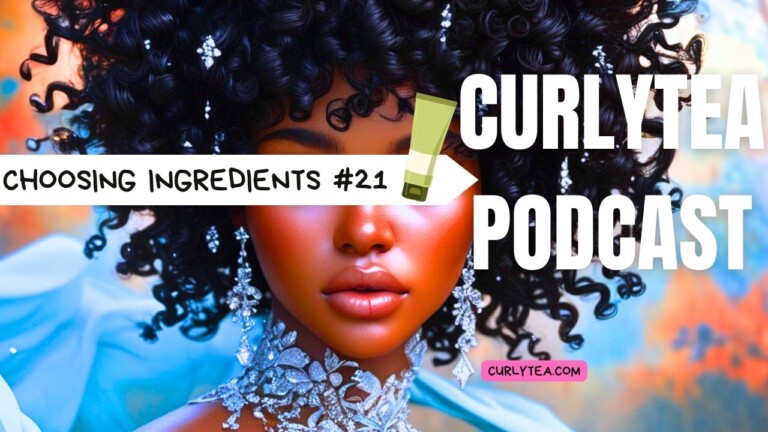

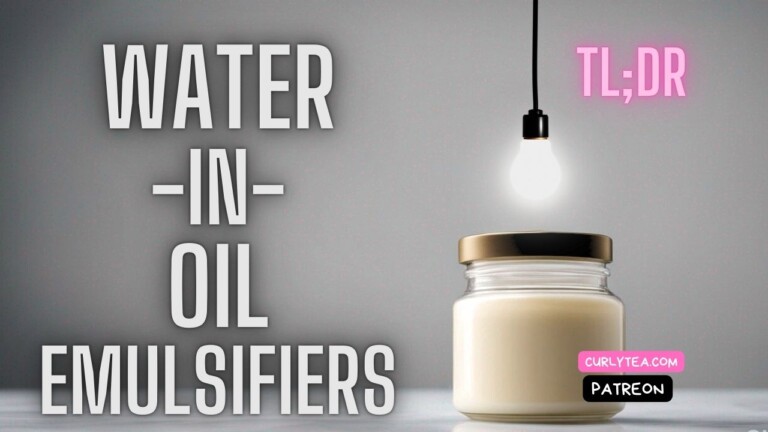
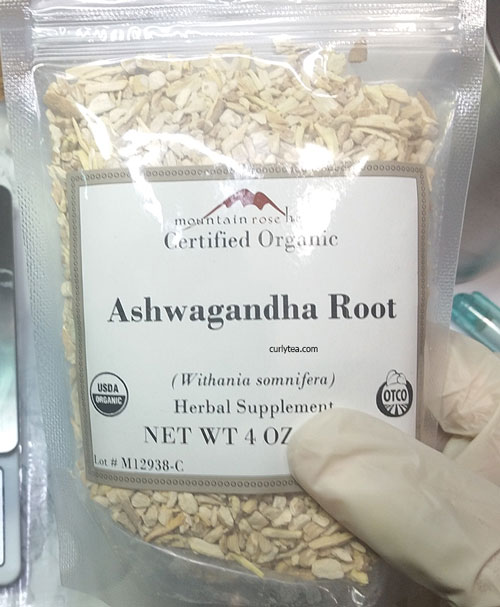
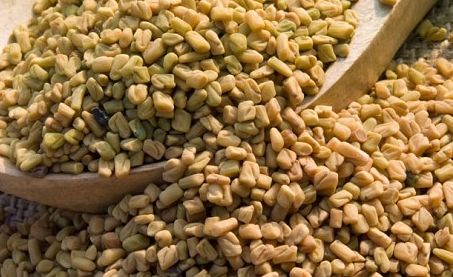
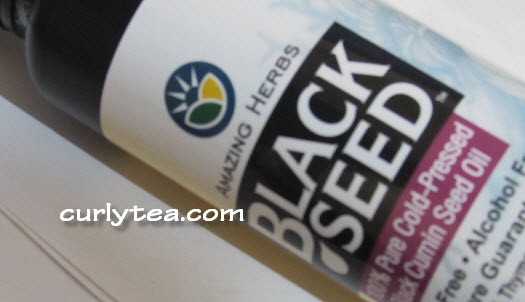
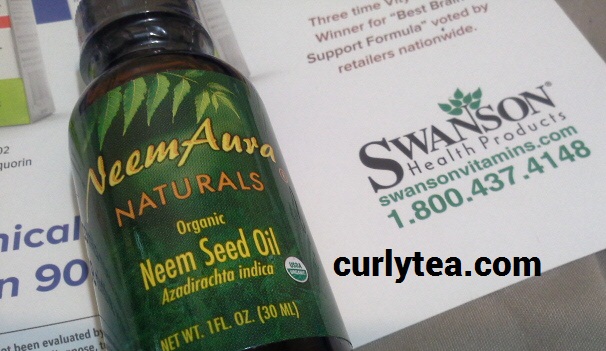
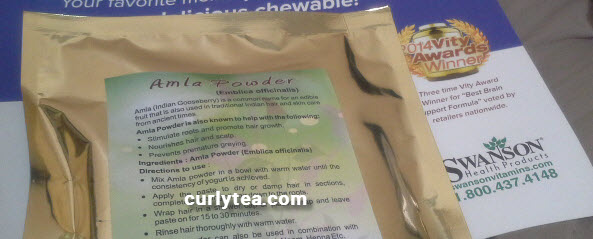
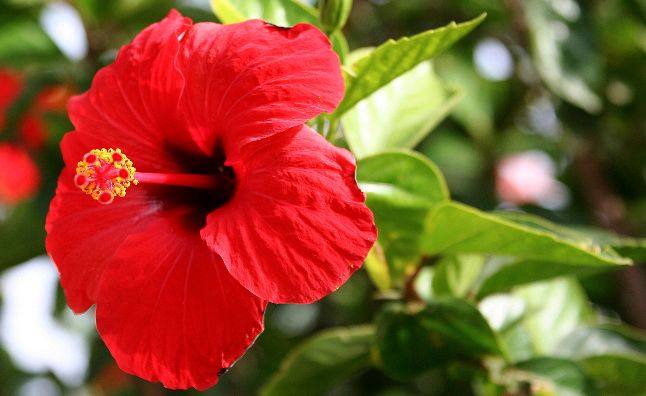
Hello Curly Tea
I use Behentrimonium chloride and my hair absolutely LOVES it, i use it exclusively in my deep conditioners and rinse out conditioners. Its the only conditioning agent that can penetrate my hair strands. Its very powerful BUT I do recommend adding other conditioning agents and oils as a buffer to soften the effects of BC and do not use too high of an amount. I don’t use above 4%.
Since using BC my hair has been thriving, gotten thicker and longer. BC also provides great slip. My hair is low porosity so maybe thats why it loves BC so much. Thanks for the blog, informative.